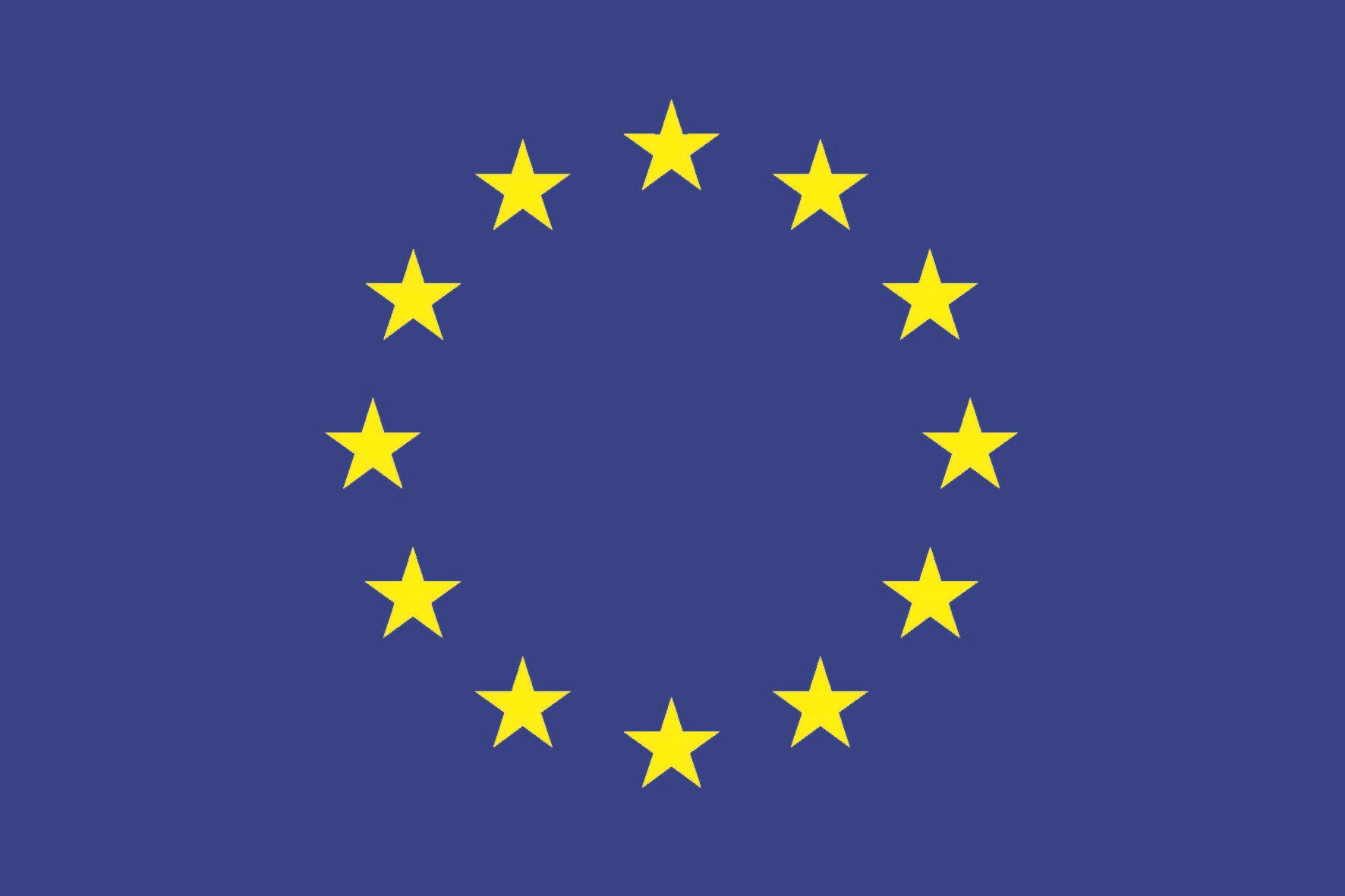Using your smartphone to combat food waste: Best practices in the US
Hunger and food waste continue to be global challenges. Very often, edible food is thrown away due to a lack of knowledge about how to give it to. Several solutions have been proposed to tackle these issues, but many of them have either failed, or have not been properly implemented by the public. Technological advances have now been put in place to raise awareness amongst people who do not know where to direct their unused food.
FUSIONS has compiled a list of mobile applications which are proving to be successful in the United States, and which can be used as examples to be emulated in the European Union.
These examples are as follows:
-
Waste No Food
On the 21st of January of this year, Waste No Food released its mobile application for IOS and Android. The Waste No Food organisation aims to enable the exchange of excess food from the food industry to the needy. Indeed, farms, restaurants, cafeterias and grocery stores post an advert about any excess food that they might have on WasteNoFood.org where local aid groups are available to preserve the food before it is delivered to those who need it more.
The reason why this application can work is that it raises awareness about 1) who needs food, 2) the genuine parties expressing an interest in the food, 3) available transportation to deliver the food to the needy, and 4) the low costs involved in transferring the food.
This application has been developed by Kiran Sridhar, who is currently a 12th grader at a San Francisco Bay area school.
-
Food Cowboy
This application has been described on the Food Cowboy website: a truck which can allow truck drivers to quickly report on the food that they have on board and find any charities or organisations that are on their route, or alternatively a farm or compost site where they could dispose of the food. This is done so as to avoid as much food as possible to be landfilled.
In doing so, Food Cowboy has been able to feed 50 million hungry Americans and help protect the environment. The initiative was founded by two brothers who are experts in nutrition, public policy and emergency food systems and who have been involved in rescuing fresh produce for over 20 years.
-
Ample Harvest
This application helps anyone with a surplus to connect with parties who are in need of food. This can range from anyone with a surplus amount of carrots that they do not know what to do with, to a supermarket undertaking a big sale on canned foods. The application which offers a personalised service that facilitates the process of giving away leftover and unwanted food can be compared to the smartphone equivalent of the old school cafeteria “up for grabs” yell. The impact of Ample Harvest is as follows:
-
2015: There are 7,247 food pantries across the 50 states have been registered to receive food deliveries through the app.
-
2010: Over 3 million pounds of freshly harvested local produce had been donated to food pantries and by 2011, this number had risen to more than 20 million pounds.
-
Reduction in the carbon footprint of the pantries are constantly being reduced as the application promotes the use of locally sourced foods which do not necessitate packaging or cans.
-
Gardeners across the country are satisfied to know that all of their produce are being consumed and that they are being put to a noble cause.
Ample Harvest has been founded by Gary Oppenheimer who has worked with computers and communicators going back to the 1970s, as well as the director of a community garden in 2009.
-
Feedie
Feedie is an application which takes photos of food with a smartphone and posts them to social media sites. Once the application is installed on a smartphone and opened in a participating restaurant, the location should be checked in. From there, a photo of one’s meal should be taken and shared on Facebook, Twitter or Instagram to allow the participating restaurant to make a donation to the Lunchbox Fund.
This application is free, easy to install and is designed to capture a tiny fraction of the $1.7 billion spent daily in restaurants in the States.
-
TangoTab
Tangotab offers a number of restaurant deals on food and drinks while simultaneously donating a meal for every deal that a consumer uses. The idea behind it is that cheap dinners for some can lead to free dinners for others. The charity has been able to feed over 850,000 individuals so far and the number is still counting.
-
PareUp
In the US, a large proportion of food is chucked away. The amount represents almost $165 billion of unused food. PareUp attempts to remedy this problem by providing businesses with a more profitable alternative to throwing food away that also benefits consumers and the environment. The way this application works is that it helps consumers find and buy food that are about to expire and have therefore been discounted. These offerings also include end-of-day hot buffets or salad bars but they cannot be donated to pantries. This could be due to safety regulations or the fact that they do not represent large enough quantities to be qualified for a pickup.
PareUp was launched in August 2014 by Margaret Tung, Jason Chen, and Anuj Jhunjhunwala, and the app is free, but it takes a small fee from each transaction.

 Copyright © 2016 | EU FUSIONS |
Copyright © 2016 | EU FUSIONS |